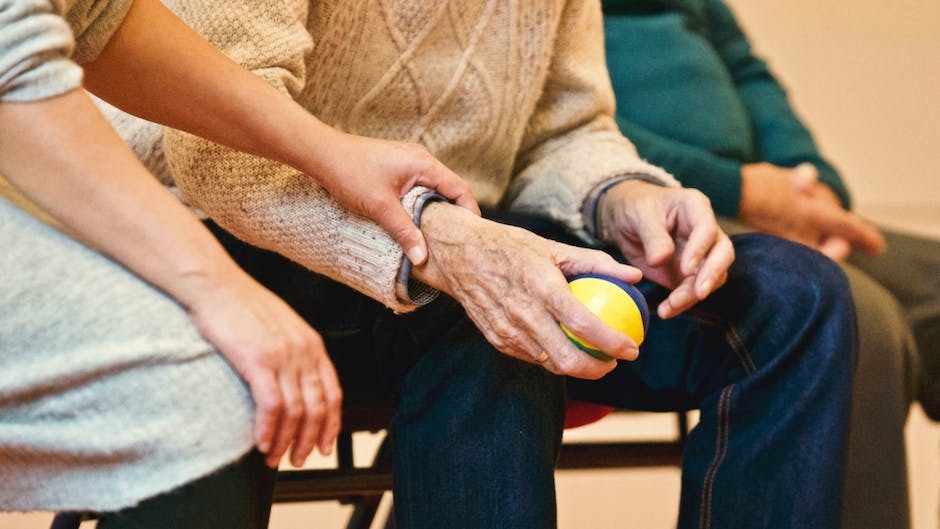Chronic pain can significantly affect someone’s life. Unfortunately, when experiencing this severe pain, many people are mistreated or struggle to reach out and receive proper treatment. Proper treatment for chronic pain can improve one’s symptoms and decrease the risk of developing mental health disorders or substance use disorders due to the pain.
At Roots Recovery, physical rehabilitation is a service offered to clients with chronic pain to help relieve them of this pain and resist long-term, detrimental effects.
What Is Chronic Pain?
Chronic pain is defined as pain that lasts for an extended period, even with the presence of medication or treatment involved. Typically the pain carries out for several months, roughly three to six, that persists past the average period for healing.
Roughly 20% of Americans feel pain daily, averaging about 25.3 million adults in America. About 40 million adults experience severe pain who have worse health, use more healthcare, and have more disabilities than those who experience less severe pain.
People may experience chronic pain in the following ways:
- Low back pain
- Failed low back surgery syndrome
- Sciatica
- Neck pain
- Neuropathies and neuralgias
- Cervical and lumbar radiculopathies
- Complex regional pain syndrome (CRPS)
- Opioid-induced hyperalgesia
- Irritable bowel syndrome (IBS)
- Headaches
- Pelvic pain
- Fibromyalgia
Signs and Symptoms of Chronic Pain
Individuals with chronic pain are likely to experience other symptoms aside from regional pain. The following symptoms may arise in those with chronic pain:
- Worsening pain in the initially affected region of the body
- Different areas of the body become painful
- Increased sensitivity to touch, temperature, and movement
- Increased sensitivity to lights, noise, smells, or foods
- Experiencing high levels of stress, anxiety, and depression related to the pain
- Negative thoughts
- Post-traumatic stress disorder (PTSD) symptoms aggravate pain
- Certain environments trigger a flare-up in pain
Who Is at Risk of Chronic or Persistent Pain?
Chronic pain becomes more common in old age, mainly because surfacing health problems in old age can cause pain. Aside from elders, military veterans also have an increased risk of developing chronic pain. Those with underlying health conditions or diseases, injuries, medical treatment, inflammation, or problems in the nervous system are also at higher risk of experiencing chronic pain.
How to Treat Chronic Pain
Chronic pain has been mistreated for many years, with professionals often focusing on excessive medical imaging and tests and requiring an overuse of medications or surgery. When focusing on one single region of the body, mistreatment for chronic pain is likely to occur. Mistreatment has led to people feeling abandoned, and their pain is not believable to professionals.
Chronic pain can often lead to mental health and substance use disorders, which are good indicators that one should seek treatment.
More modern approaches to treating chronic pain have strayed away from using opioids. These approaches include acupuncture, yoga, relaxation techniques, tai chi, massages, and osteopathic or spinal manipulation. Acupuncture, specifically, has proven to reduce clients’ need for opioids. This treatment is typically used for back, joint, or neck pain by inserting fine needles into the skin to treat the pain and target the nervous system. Other treatments for chronic pain include hypnosis, mindfulness meditation, and music.
Chronic Pain and Physical Rehabilitation at Roots Recovery
When coping with chronic pain, staff first encourages clients to affirm, “All pain is real.” In doing so, clients learn that their pain is real and acknowledged by all staff members and that they will receive the proper treatment and care. Roots Recovery also helps clients learn about each other’s pain so everyone understands that pain is experienced differently.
Physical rehabilitation is recommended for clients experiencing chronic pain. The Functional Restoration Program at Roots Recovery provides a validating space for those with chronic pain that uses evidence-based treatment to care for clients. Each client is given a personalized treatment plan, which prioritizes clients understanding their pain and being able to effectively treat it on their own by the end of the program. Independence in caring for one’s chronic pain is necessary when clients leave physical rehabilitation and continue to care for themselves. This optimizes client health long term.
In physical rehabilitation, clients learn to use movement, exercise, goal-setting, pacing, different education and strategies, mindfulness, meditation, and pain-related anxiety and stress management and reduction strategies to heal the root or underlying cause of pain. Roots Recovery strays away from treating only one body region experiencing pain and only treating pain symptoms to provide the most effective care for clients.
Passive treatments do not prioritize clients becoming independent in addressing their pain, which is why active recovery is emphasized at Roots Recovery. Passive treatments such as medications, injections, surgery, manual and massage therapies, and acupuncture are supplemental to active recovery so that clients do not become reliant on these methods and can take treatment into their own hands.
Here at Roots Recovery, we help treat clients who experience chronic pain. Chronic pain is defined as pain that lasts for an extended period, which can lead to mental health disorders or substance use disorders. At Roots Recovery, the physical rehabilitation program helps clients understand the underlying root cause of their chronic pain. A personalized treatment plan is put in place for clients to treat their pain, eventually reaching the point where they depend on themselves to continue treatment on their own without relying on passive, supplementary treatments. Roots Recovery help treat the whole client experiencing chronic pain, not just their symptoms. To learn more about our physical rehabilitation program, call us at (562) 473-0827.




